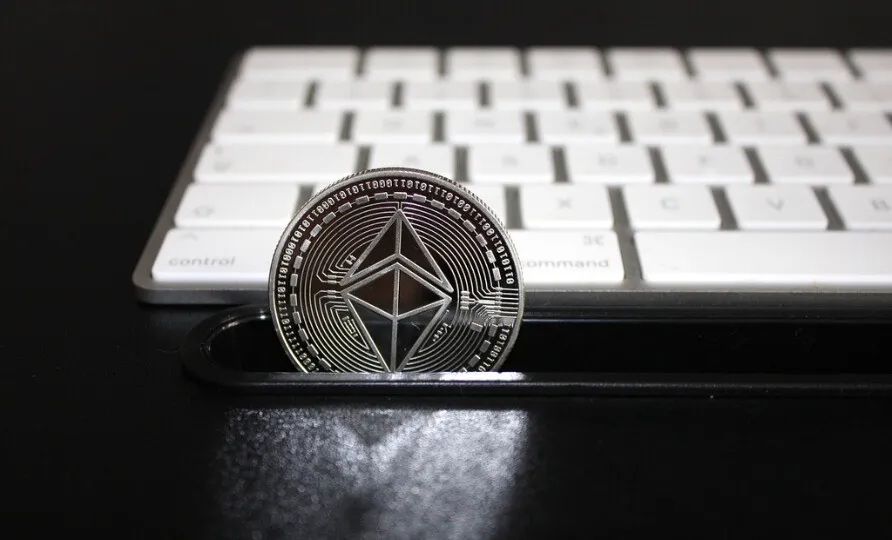DeFi activity is up on several metrics, recalling levels not seen since 2022. This time, the recovery is more gradual and protocols are more conservative, but there are still signs of promising expansion.
DeFi spent years with low volumes, while most protocols were tweaking their products. In Q2, DeFi continued to improve its metrics, managing to take a share of more scarce liquidity.
The main vectors of growth for DeFi were the Solana ecosystem, DEX trading, as well as lending. DeFi affects both large-scale whales and retail investors, depending on the type of protocol. Meme token trading drives retail inflows, while yields and lending offer passive income for whales.
Both passive income and active trading metrics suggest DeFi is here to stay in 2024 and is becoming a major source of crypto activity.
DeFi in 2024 has shown to be adaptable, working with a lower total value locked. During peak valuations in 2021, even Ethereum-based DeFi easily held above $120B. Currently, Ethereum’s chain holds around $60B in value locked, and the total leading DeFi apps currently carries around $96B.
DeFi waking up again 👀✍️ pic.twitter.com/xrkQqCxGHE
— Token Terminal (@tokenterminal) July 31, 2024
DeFi growth focuses on Ethereum and Solana
During this market cycle, the DeFi ecosystem aims for more sustainable growth, to avoid contagion and liquidations. The inflow of retail wallets for meme tokens lifted DeFi users to a monthly record. In July 2024, DeFi protocols saw more than 8.8M daily users based on wallet data.
One of the big changes for DeFi was the diminished share of the Binance Smart Chain ecosystem. The rise of Solana and Base offset the slowdown in BNB finance.
Hacks return to DeFi as value rises
Exploits are one of the proxy signs for increased DeFi activity. The growing value locked in protocols is once again attracting hackers.
The most recent attack happened against Astroport, a DEX on the newly re-built Terra network. Reported losses reached $6.4M. The other big exploit for the year affected UwU Lend, which lost $20M from a price manipulation exploit.
The other series of attacks came from domain hijackings, which showed that even Web3 projects could suffer from weaknesses like Web2. Social media and Discord channels have also been compromised with the goal of spreading malicious links and wallet drainers.
Liquid staking gives boost to DeFi
DeFi also hinges on liquid staking, which makes up the bulk of new inflows. Liquid staking protocols now hold more than $50B in value locked, most of the value based on staked ETH. Liquid staking is also spreading to the Solana chain.
In the past month, demand for liquid staking shifted from Ethereum, where Lido and Rocket Pool saw outflows of value. Instead, Solana-based liquid staking exploded, boosting the value of JitoSOL.
Following liquid staking, lending is the second-biggest sector in DeFi. More than $34B are locked in lending protocols, though Aave and JustLend make up more than 50% of the value locked.
Lending for passive returns has some risks, but it remains less risky compared to altcoin trading. The lack of a true altcoin market also led crypto investors to choose a safer option. DeFi lending also benefits from the growing supply of stablecoins.
The supply of stablecoins rose above $165B, with growth for niche assets specifically created for DeFi. While USDT is still in use, assets like GHO by Aave and USDe by Ethena also added to the liquidity.
DEX trading is the third-largest element of DeFi, contributing with $19.55B in value locked. This section of DeFi also sees consolidation into Uniswap and Raydium, with the rise of contender Aerodrome on Base. DEX users are more aware of sandwich attacks, resorting to block builders to protect their orders. Uniswap has the biggest share of protected transactions provided by block builders like BeaverBuild, Rsync and Flashbots.
The rise of DEX trading also grew with the introduction of more reliable tools to manage order flow. Solana DEX trading expanded rapidly, boosting fees for the protocol. In the past month, fewer users moved into Solana DEX markets and performed a higher number of transactions.
Yield farming is still around, carrying $6.83B in value locked, with most of the funds locked in Pendle and Convex Finance.
Cryptopolitan reporting by Hristina Vasileva





